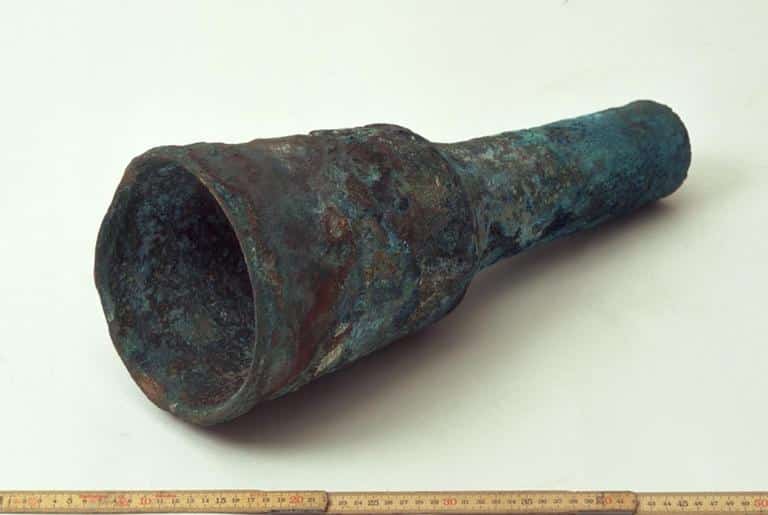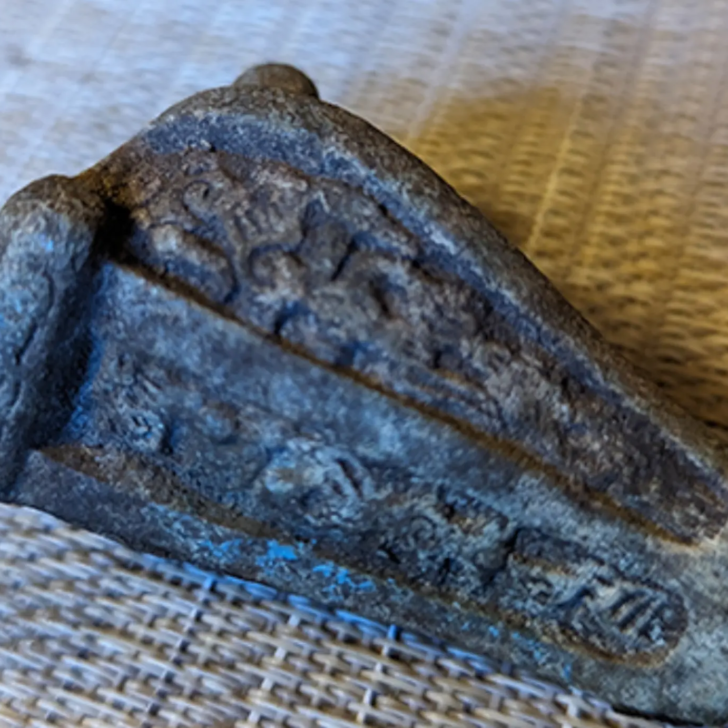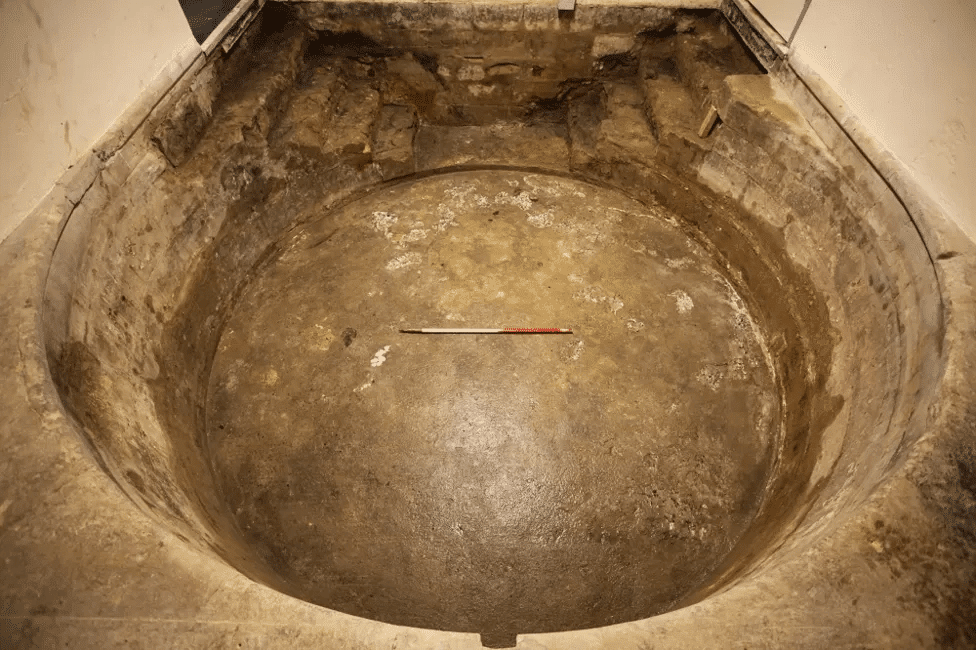In a groundbreaking discovery near Marstrand, the Swedish seabed recently unveiled a maritime gem – a shipboard cannon, potentially dating back to the 14th century. This find, now among the oldest of its kind in Europe, came under the expert eyes of an international research team led by the esteemed maritime archaeologist, Staffan von Arbin, from the University of Gothenburg.

Cannon’s Battle-Ready Condition
Found 20 meters beneath the sea by an enthusiastic recreational diver, this copper-alloy cannon wasn’t just an abandoned relic. Remarkably, it still had remnants of a charge within its powder chamber, indicating it was primed for battle when it sank.
Dating and Origin
Thanks to the preserved charge remains, radiocarbon dating techniques could confirm its 14th-century origin, making it a unique artillery piece in the annals of European history. Further analysis shed light on the cannon’s metallic composition: a curious alloy with roughly 14% lead. Staffan von Arbin remarked, “The cannon casting process, evidently, was still evolving, heavily reliant on trial and error.”
Metallurgical Insights
Interestingly, tracing the metal’s sourcing led researchers to two distinct locations. The copper was linked to present-day Slovakia, and the lead appeared to have roots in either England or the regions bordering Poland and the Czech Republic.
Historical Context: The 14th Century Marstrand
Marstrand, renowned for its strategic harbor during the 14th century, was a linchpin in trade activities between Western Europe and the Baltic Sea region. But this trade boon had its shadow – a period punctuated by naval warfare, pirate threats, and coastal clashes. The Marstrand cannon embodies this era, serving as a testament to the maritime advancements and challenges of the time.
Design Evolution
Though such cannons, by design, are typically associated with the 15th and 16th centuries, this discovery disrupts that timeline, suggesting its existence a whole century earlier. Moreover, the cannon introduced historians to the precocious use of cartouches – textile packagings for powder charges, a concept believed to have been introduced much later.
What Lies Ahead?

Von Arbin’s team is not done. He shared, “Our ambition now turns to the ship this cannon belonged to. Even with potential degradation, meticulous exploration might reveal more pieces of this historical puzzle.”
- Unearthing the Secrets of the Great Sphinx: Lost Relics Resurface - November 19, 2023
- 5 Most Incredible Archaeological Discoveries of Recent Times - November 17, 2023
- Uncovering 3 Mysterious Ancient Battle Artifacts - November 15, 2023



